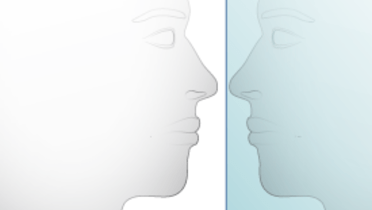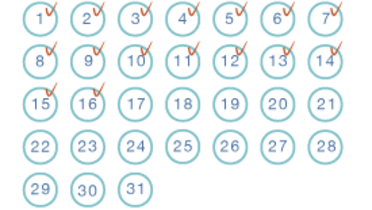-
0
Patient Assessment
- 0.1 Patient demand
- 0.2 Overarching considerations
- 0.3 Local history
- 0.4 Anatomical location
- 0.5 General patient history
-
0.6
Risk assessment & special high risk categories
- 5.1 Risk assessment & special high risk categories
- 5.2 age
- 5.3 Compliance
- 5.4 Smoking
- 5.5 Drug abuse
- 5.6 Recreational drugs and alcohol abuse
- 5.7 Parafunctions
- 5.8 Diabetes
- 5.9 Osteoporosis
- 5.10 Coagulation disorders and anticoagulant therapy
- 5.11 Steroids
- 5.12 Bisphosphonates
- 5.13 BRONJ / ARONJ
- 5.14 Radiotherapy
- 5.15 Risk factors
-
1
Diagnostics
-
1.1
Clinical Assessment
- 0.1 Lip line
- 0.2 Mouth opening
- 0.3 Vertical dimension
- 0.4 Maxillo-mandibular relationship
- 0.5 TMD
- 0.6 Existing prosthesis
- 0.7 Muco-gingival junction
- 0.8 Hyposalivation and Xerostomia
- 1.2 Clinical findings
-
1.3
Clinical diagnostic assessments
- 2.1 Microbiology
- 2.2 Salivary output
-
1.4
Diagnostic imaging
- 3.1 Imaging overview
- 3.2 Intraoral radiographs
- 3.3 Panoramic
- 3.4 CBCT
- 3.5 CT
- 1.5 Diagnostic prosthodontic guides
-
1.1
Clinical Assessment
-
2
Treatment Options
- 2.1 Mucosally-supported
-
2.2
Implant-retained/supported, general
- 1.1 Prosthodontic options overview
- 1.2 Number of implants maxilla and mandible
- 1.3 Time to function
- 1.4 Submerged or non-submerged
- 1.5 Soft tissue management
- 1.6 Hard tissue management, mandible
- 1.7 Hard tissue management, maxilla
- 1.8 Need for grafting
- 1.9 Healed vs fresh extraction socket
- 1.10 Digital treatment planning protocols
- 2.3 Implant prosthetics - removable
-
2.4
Implant prosthetics - fixed
- 2.5 Comprehensive treatment concepts
-
3
Treatment Procedures
-
3.1
Surgical
-
3.2
Removable prosthetics
-
3.3
Fixed prosthetics
-
3.1
Surgical
- 4 Aftercare
Esthetic and function check
Key points
- A pleasing esthetic outcome is important to most patients
- Phonetic and masticatory outcomes are the two most important functional demands
- To avoid disappointments, proper preparation and recalibration of the patient’s expectations during the treatment is critical
Managing patient expectations
Because many patients are anticipating an ideal esthetic and functional outcome, proper preparation of the patient’s expectations during the treatment planning phase is imperative. Afterwards during treatment and follow-up, occasionally recalibrating the patient to these pre-treatment expectations is helpful in ensuring that at prosthesis insertion and post-insertion visits go well and that the patient is satisfied with treatment. Most often, a patient becomes dissatisfied due to esthetic concerns. The clinician and patient must openly discuss the possibilities for improvement in shade, form, texture, position and angulation of teeth in order to determine which deficiencies can be addressed within the limitations of the materials used and the chosen prosthesis design.
Phonetics and mastication
Functional, phonetics and masticatory performance should be carefully addressed by evaluating a patient’s speech and self-reported masticatory ability. Patients should be informed that for both speech and mastication, a period of adaptation is to be expected and that 4-6 weeks and sometimes months are necessary before the true phonetic and masticatory outcome can be determined.
Phonetics:
The palatal contours of a prosthesis and/or artificial teeth and resultant available tongue space are important determinants of many sounds. In addition, proper positioning and relationship of the anterior teeth, especially for fricatives and sibilants, is critical.
Mastication:
Patients will need to learn how to chew again with new prostheses. The tongue and oral musculature is required to adapt movements in order to position the bolus properly on the new occlusal and incisal surfaces. It is often helpful to suggest that the patient begin using their new prosthesis with soft foods before progressing to harder or more fibrous foods. Patients should already have been informed during the treatment planning phase of this adaptation period in order to prevent disappointment and frustration.



